With Easter coming up, you don’t want to miss this tutorial for How to Dye Eggs using vinegar and food color – no kit required. So easy!
Are you ready for Easter? With it coming so early this year, I feel like we are scrambling to get ready.
So that means, I’m cutting out the mad rush to the store and going basic. You don’t have to buy the kit to color eggs. I’m going to show you How to Dye Eggs using things you probably already have at home.
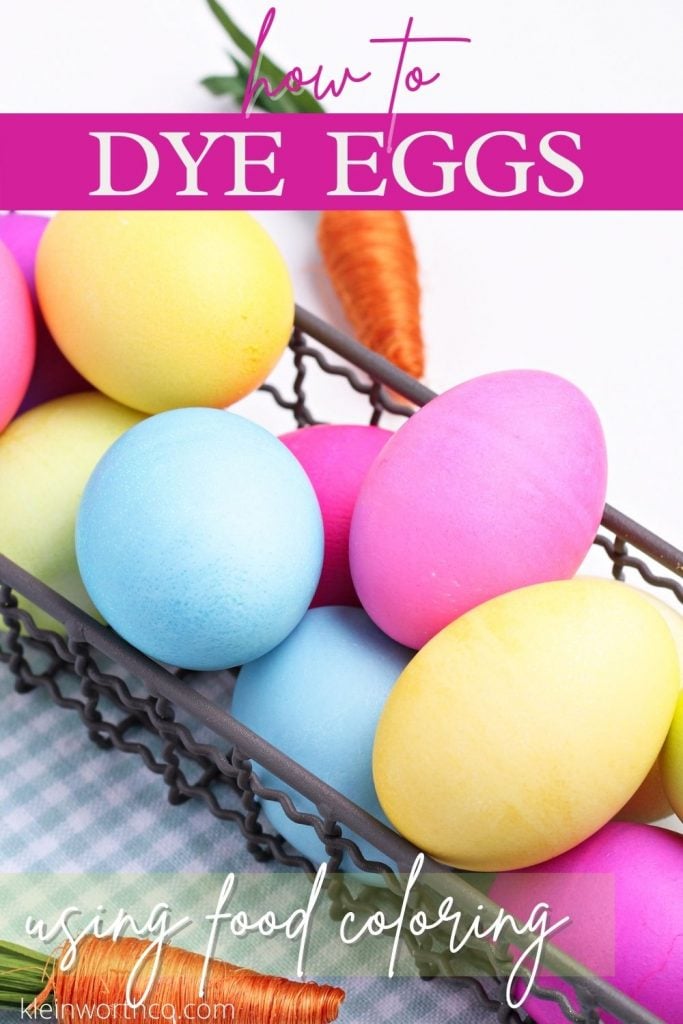
Growing up I remember it being a huge deal to go pick out the egg dying kits before Easter. We would color eggs at home and then the night before Easter we would all meet at my grandparent’s house and I would color eggs with my cousins.
Who knew back then that those little fizzy tablets were nothing more than concentrated food coloring. We didn’t need the kit and it could have been so much simpler.
How to Dye Easter Eggs
Be sure to start by checking out my recipe for the most perfect hard boiled eggs. They turn out amazing and peel perfectly every single time.
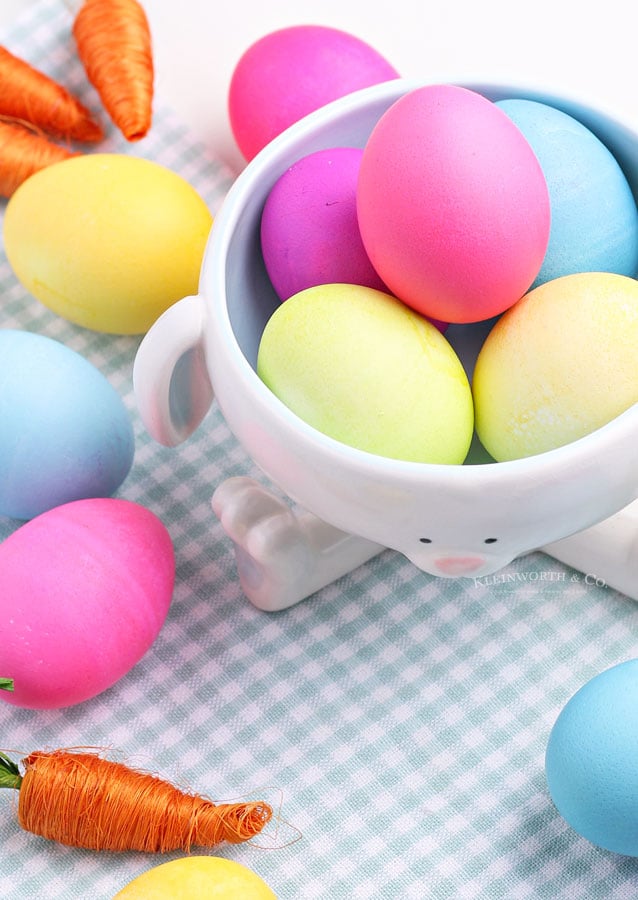
Here are some commonly asked questions
Where did dying Easter eggs originate?
The egg itself is a representation of the resurrection of Christ. It is said that Christians in Mesopotamia once took the symbolism of the egg from Judaism and then stained them with red color.
This red color was to represent the “blood of Christ”. Over many years this turned into the tradition of coloring eggs for Easter.
Can more than 1 egg be colored at a time?
Yes – if you double the amount that you would put in the cup – maybe using a bowl instead – you can put more than 1 egg at a time to speed the process.
Can you dye eggs without the shells?
Actually, yes – there are many recipes out there where people have removed the shells and dyed the cooked egg whites to make their deviled eggs more colorful.
You can do this by using the same method here and you can either pop them in whole – which would color only the outside, or you can slice them in half, remove the cooked yolk and then place them in the cup of food colored water.
How to Dye Easter Eggs with Food Coloring
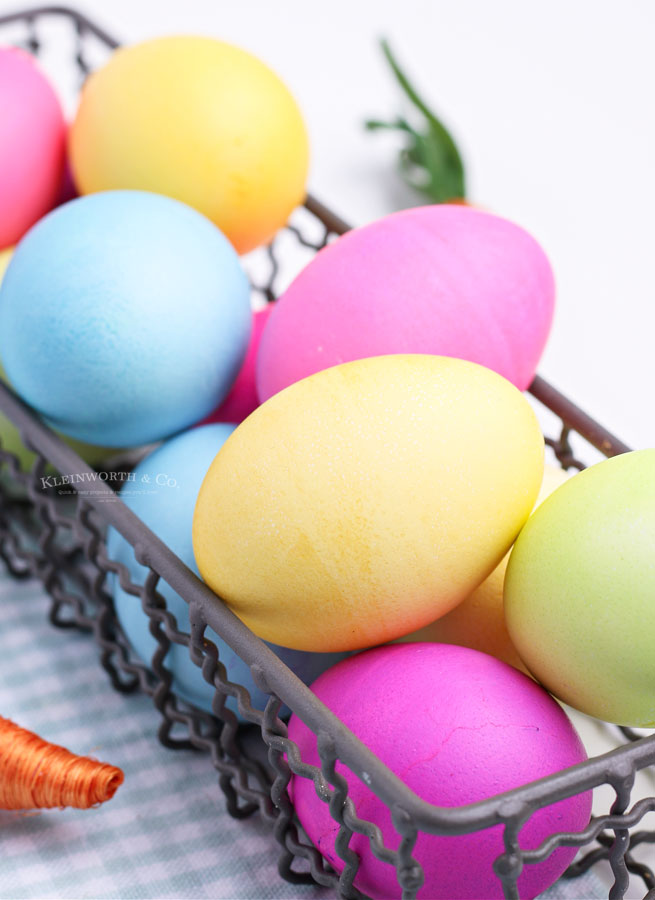
Can dyed eggs be made ahead of time?
Yes – you can make the eggs the day or the night before? Make sure to keep them refrigerated. You don’t want them to come to room temperature if you plan on eating them later on.
Can You Eat Dyed Easter Eggs?
This depends – there are many factors that would make the eggs unsafe to eat. Please follow these guidelines.
If you have used food coloring (made for eating) and not some other type of dye – they are safe.
Now, if you don’t use this method I have shared here and you decide to try the shaving cream dying method that is all over Pinerest – then the eggs would no longer be safe to eat.
This is because you are basically soaking a porous object (the egg) in something that isn’t food (shaving cream). Please don’t eat the colored eggs when using this method.
If the eggs have been kept refrigerated and left out for no more than 1 hour, then they are still okay to eat. Any more time out of the refrigerator and you will need to toss them.
If you crack the shells and the dye has seeped through – while food dye is edible, the crack would indicate that there was a possibility for bacteria to get in and it is probably safer to toss that one.
How to Color Easter Eggs
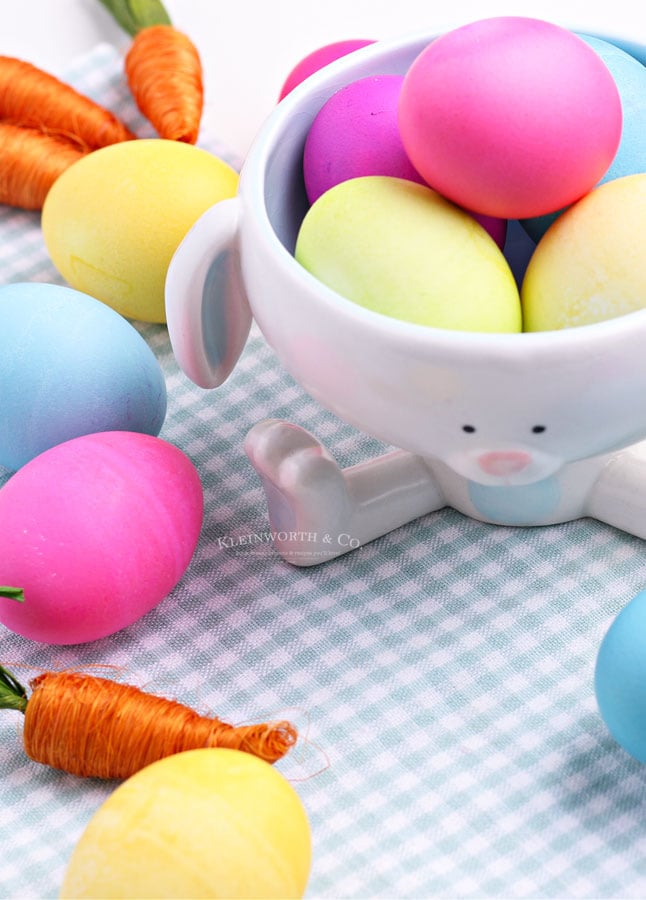
Can I use another type of vinegar to dye the eggs?
The acidity of another type of vinegar – such as apple cider vinegar will work the same as white distilled vinegar. However – we use the white distilled because it is clear. Using apple cider might alter the colors since it has a golden hue to it.
Can I put the eggs in more than one color?
I don’t recommend combining colors when coloring eggs in this way. What you usually will get is a muddled sort of blahhh color. It won’t marbleize – it is more like using a crayon or marker and coloring over other colors. They don’t blend – they just overlap and it isn’t pretty.
You can submerge the eggs partially in one color and then partially in another color to get a different effect – but I wouldn’t do all of one color and then try to add a different one.
How to Dye Eggs with Food Coloring
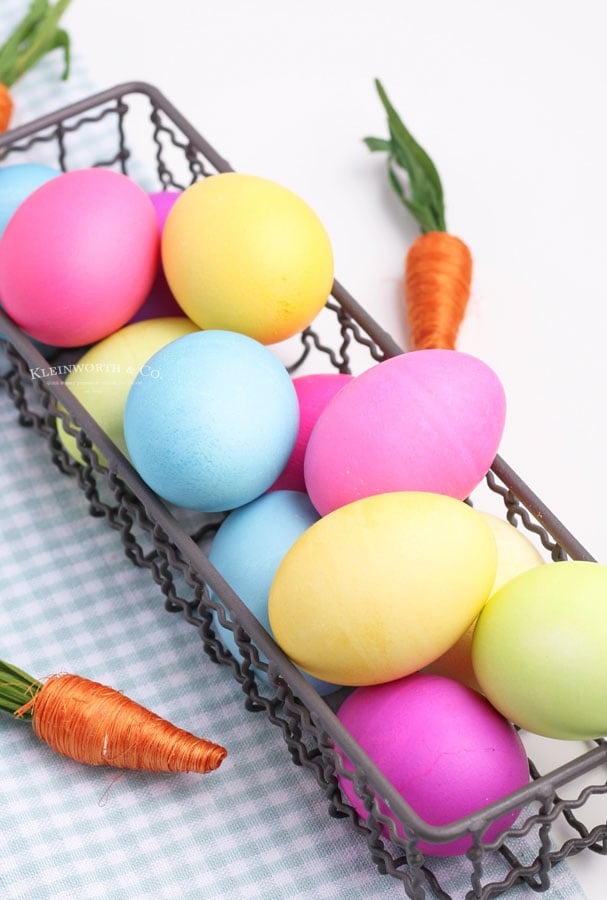
Why use vinegar to dye the eggs?
Egg shells are made of calcium carbonate. When you add the vinegar to the water, it creates the ideal conditions for the food color to react with the calcium in the shells and make carbon dioxide – which allows for the shells to absorb the colors.
How to tell if eggs are fresh
We have a habit of stocking up on eggs and then forgetting about them because they are out in the garage fridge.
While eggs will keep (if refrigerated properly) for up to 6 weeks beyond the date on the package – I always like to do this nifty little test if I know they have been in there for a while. The date isn’t always accurate.
When eggs go bad – they create an air bubble inside the shell. So if you place an egg in a few inches of water – watch what it does.
- If it stays at the bottom – it is good.
- If it sort of hovers halfway between the bottom and the top of the water – it’s on the way to going bad and should be used immediately.
- NOW – if the egg floats – that means the air bubble has formed and the egg is no longer safe to eat and should be tossed out.
How to Color Eggs
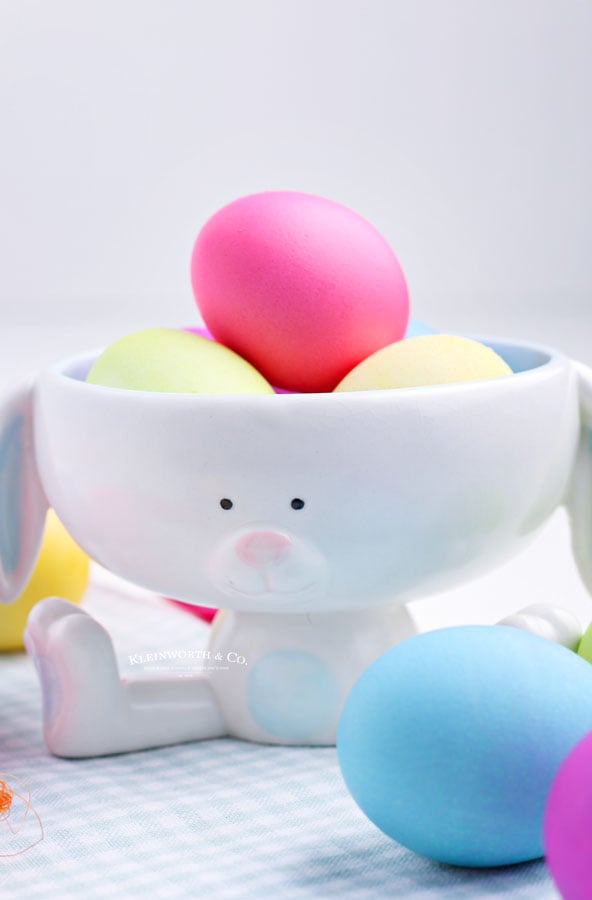
Can you dye eggs without vinegar?
Yes! If stores are still low on vinegar, you can still dye eggs without it. However – you do still need an acid to help the color bond to the calcium in the shells. You can use a vinegar replacement, such as lemon juice or vitamin C powder instead.
Can this be done with hollow eggs?
Yes – if you want to color hollow egg shells that have been blown out – you can do this using the same method in this recipe. The benefit to this is that you don’t have to worry about keeping the eggs refrigerated. The downside is that they are far less durable and prone to breaking quite easily.
How to Make Egg Dye
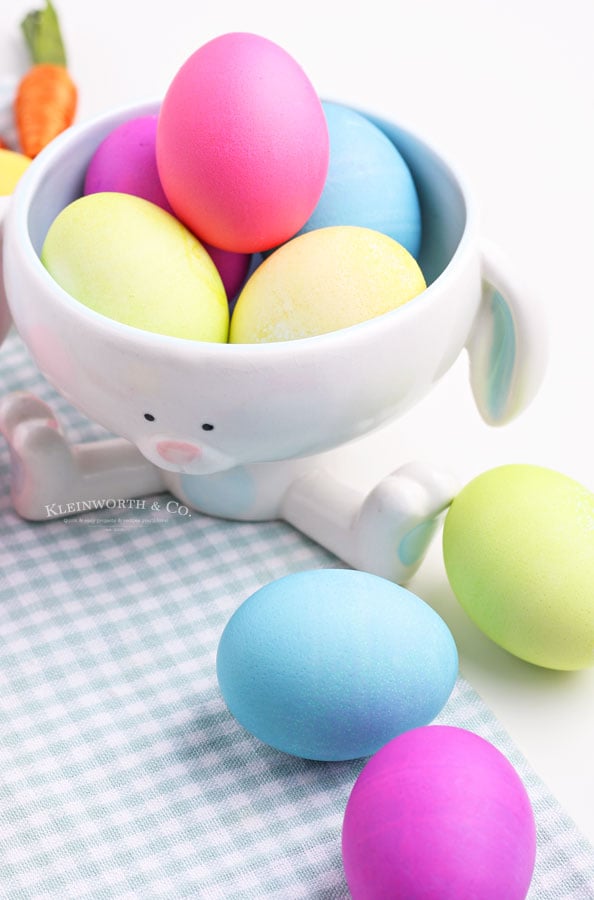
HOW DO YOU DYE EASTER EGGS?
- Set out 1 glass per color you want to make.
- Portion out 1 cup of boiling water into each glass.
- Add 2 tsp vinegar to each glass of hot water.
- Add 10-12 drops of food coloring, depending on how dark or vibrant you want the color.
- Carefully lower 1 hard-boiled egg at a time into each glass of colored water, be sure the egg is completely submerged.
- Let the eggs soak until they reach the desired color.
- Remove and place the colored eggs on a drying rack or paper towel.
Don’t miss – How to Dye Eggs with Rice!
How to Make Easter Egg Dye
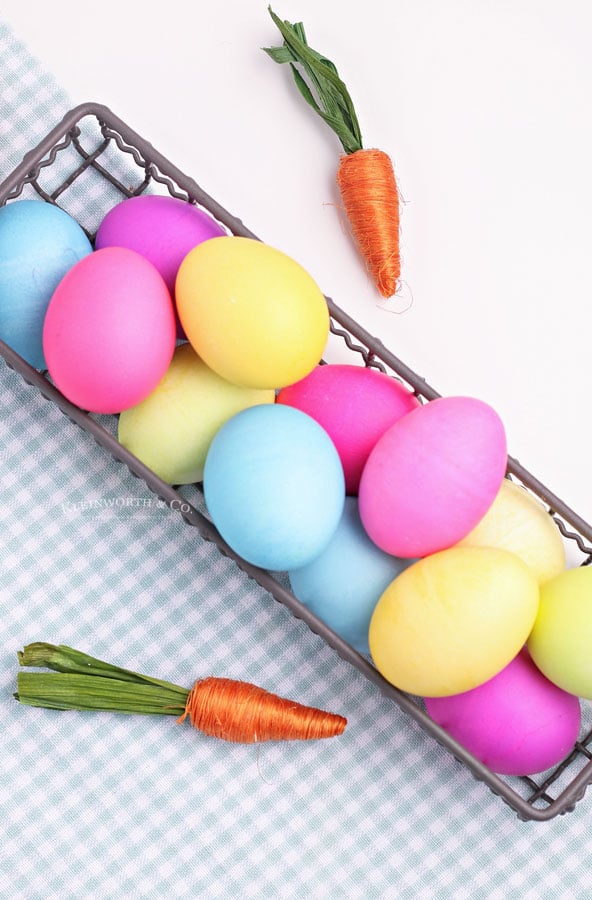
Ingredients for Homemade Egg Dye
- hard-boiled eggs
- boiling water
- white vinegar
- food coloring
Should eggs be cold when dying?
Yes – once you have hard-boiled the eggs refrigerate them for several hours before getting started on dying them. You want to make sure they are very cold before getting started so they stay cool for as long as possible while you are working with them.
Make sure to not keep them out of the refrigerator for more than 1 hour if you plan on eating them. This applies to the time you take to color them AND when they are being used for an egg hunt. Please do not hide the eggs, let them sit all day outside and then serve them with the meal later that day or the next day.
If the eggs have been out of the refrigerator for longer than an hour – they are no longer safe to eat and should be tossed out.
How to Color Eggs with Food Coloring

Products I love when dying Easter eggs…
Dying Easter eggs without a kit is SUPER EASY – and if you’re like me this time of year, then you probably already have some of these items on hand OR maybe you have never dyed eggs at home before, & you might be a bit nervous – but you’re going to love it. I have made a list below of the things I absolutely can’t live without when it comes to dying Easter eggs.
- white vinegar
- liquid food coloring – I like this one because of the variety of colors
- glasses
- push pins
- foam board
- measuring spoon
- paper towels
- drying rack
How to Decorate Easter Eggs
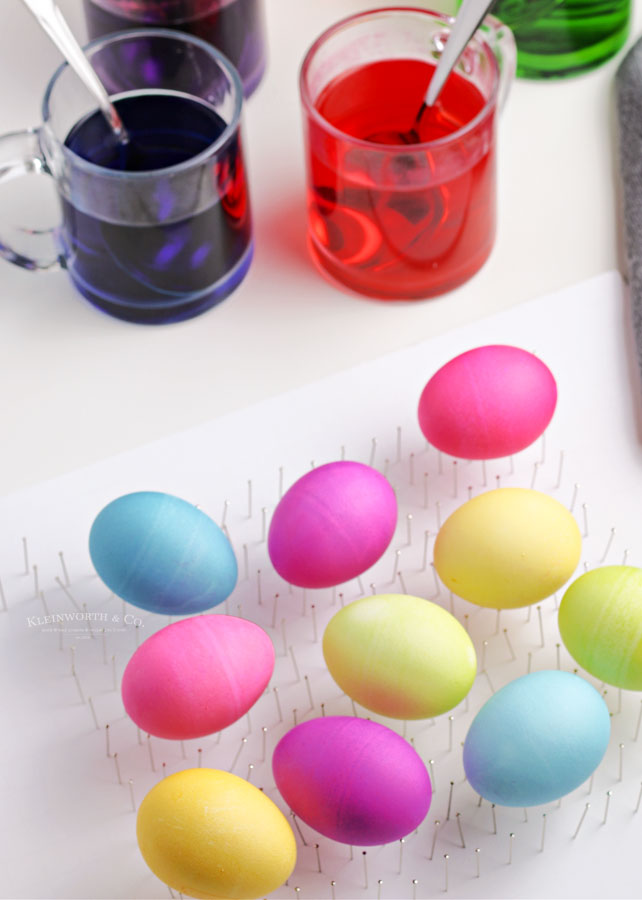
If you love this recipe for How to Dye Eggs, you’re going to love these other holiday recipes too. Please click each link below to find the easy, printable recipe!
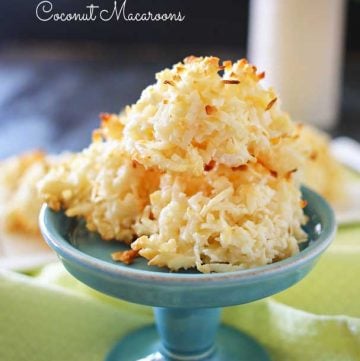
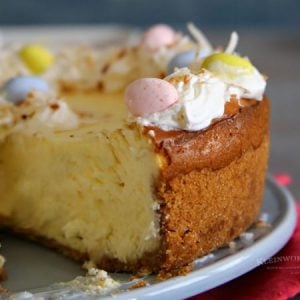
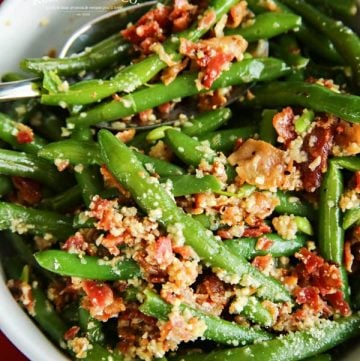
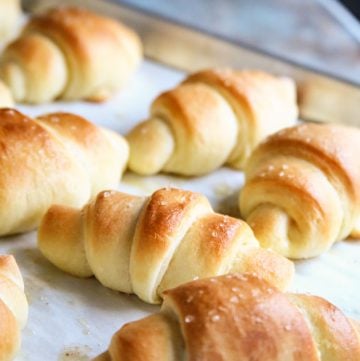
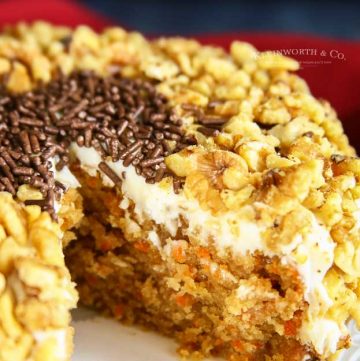
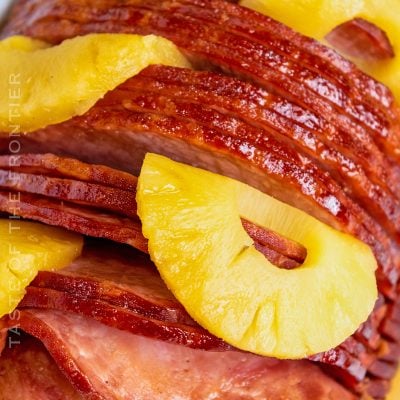
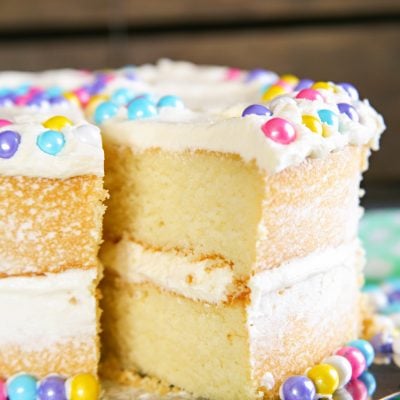
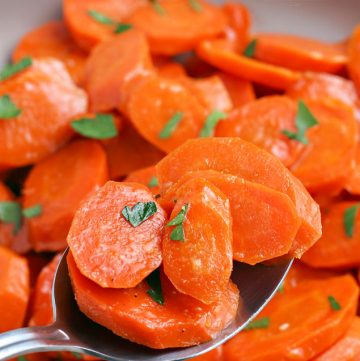
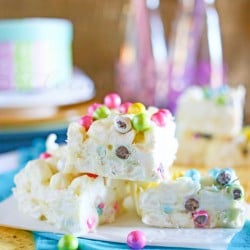
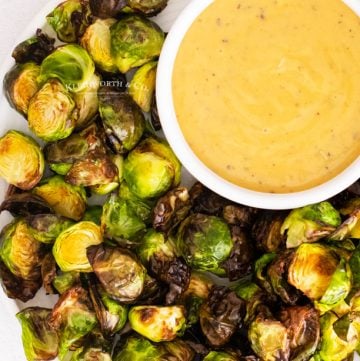

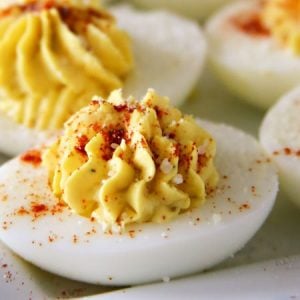

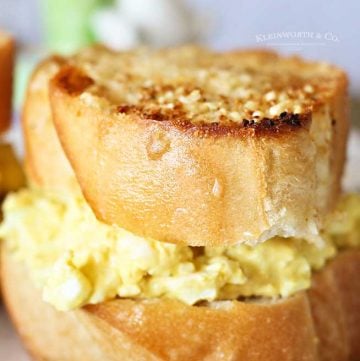
Using Food Coloring to Dye Eggs
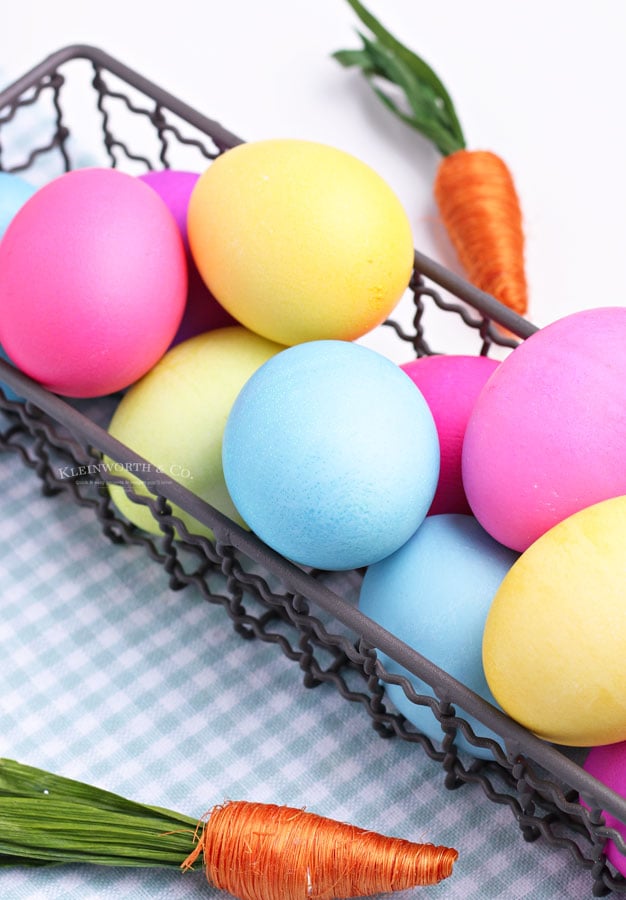
If you love this post for How to Dye Eggs as much as I do, please write a five-star review, and be sure to help me share on Facebook and Pinterest!
CONNECT WITH YUMMI HAUS!
Be sure to follow me on my social media, so you never miss a post!
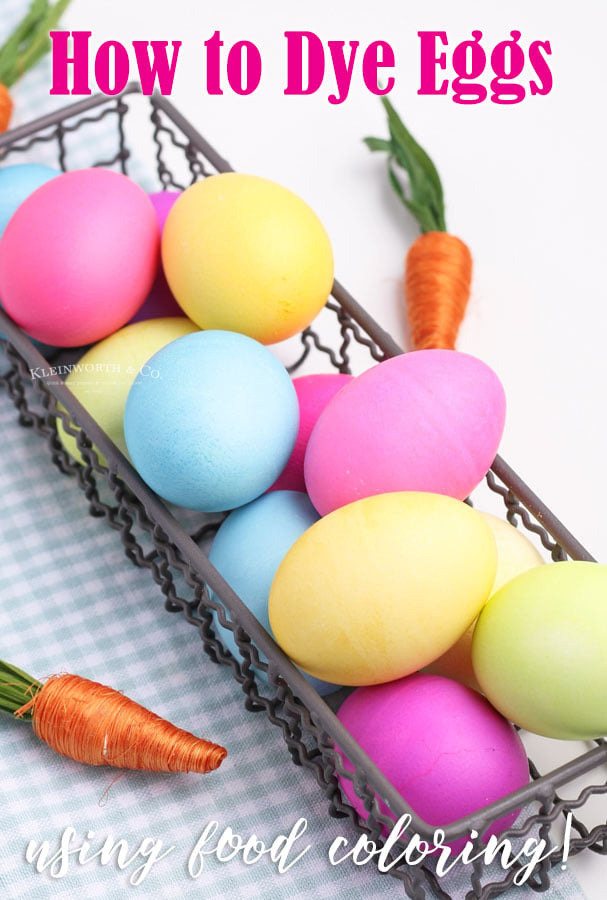
How to Dye Eggs
Ingredients
- Hard-boiled eggs
- boiling water
- 2 tsp white vinegar for each color you are making
- food coloring
Instructions
- Set out 1 glass per color you want to make.
- Portion out 1 cup of boiling water into each glass.
- Add 2 tsp vinegar to each glass of hot water.
- Add 10-12 drops of food coloring, depending on how dark or vibrant you want the color.
- Carefully lower 1 hard-boiled egg at a time into each glass of colored water, be sure the egg is completely submerged.
- Let the eggs soak until they reach the desired color.
- Remove and place the colored eggs on a drying rack or paper towel.
Notes
- Glasses or containers for dipping, be sure they hold at least 1 cup of water
- Spoons or other utensils to transfer eggs in and out of containers
- Measuring teaspoon
- Paper towel
- Drying rack
- Foam core board, it’s easiest with a grid on it
- Straight pins
Nutritional information for the recipe is provided as a courtesy and is approximate. Please double-check with your own dietary calculator for the best accuracy. We at Yummi Haus cannot guarantee the accuracy of the nutritional information given for any recipe on this site.


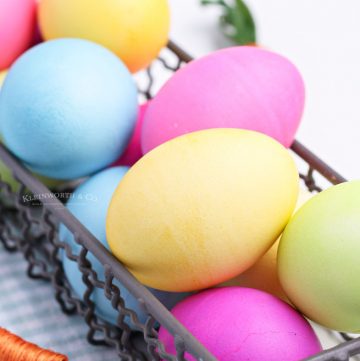






Share Your Thoughts